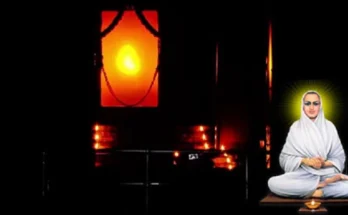| Aspect | India | United States |
|---|---|---|
| Reason for Ban | National security, privacy concerns following a border clash with China. | National security concerns, potential data misuse, and fears of foreign influence. |
| Year of Ban | 2020 | Legislation passed in 2024, awaiting final decision. |
| Implementation | Immediate ban on June 29, 2020, affecting 200 million users. | Legislation passed by the House, needs Senate approval and presidential signature; could be divestiture or ban. |
| Legal Challenges | TikTok did not challenge in court; ban became permanent in January 2021. | Anticipation of legal challenges due to First Amendment rights, with ByteDance potentially fighting the decision. |
| Outcome for Users | Users migrated to alternatives like Instagram Reels and YouTube Shorts. | Users might face a similar transition, with platforms like Instagram and YouTube already offering alternatives. |
| Cultural Impact | Loss of a platform where small-town India showcased hyperlocal content. | Potential cultural shift, especially among younger demographics, although other platforms have similar features. |
| Economic Impact | TikTok had a significant user base; ban led to economic opportunities for competitors. | Could impact the economy due to TikTok’s large user base and business model, including content creators’ income. |
| Public Reaction | Largely supportive due to the timing with the border conflict and anti-China sentiment. | Mixed reactions with a significant portion of users and creators opposing the ban, highlighting free speech issues. |
| Governmental Response | Swift and decisive action with a focus on national sovereignty. | Legislative process with ongoing debate, showing a more deliberative approach. |
| Future of TikTok | Permanently banned with no official access for Indian users. | Dependent on whether ByteDance divests or if legal challenges alter the outcome. |
Sources:




